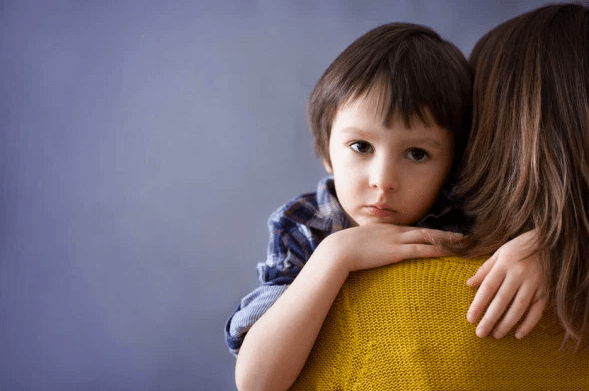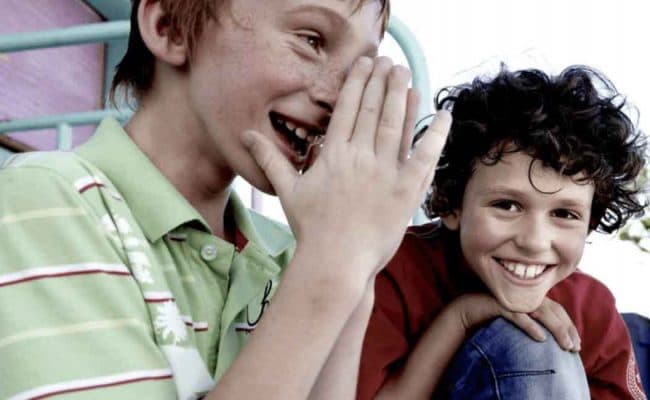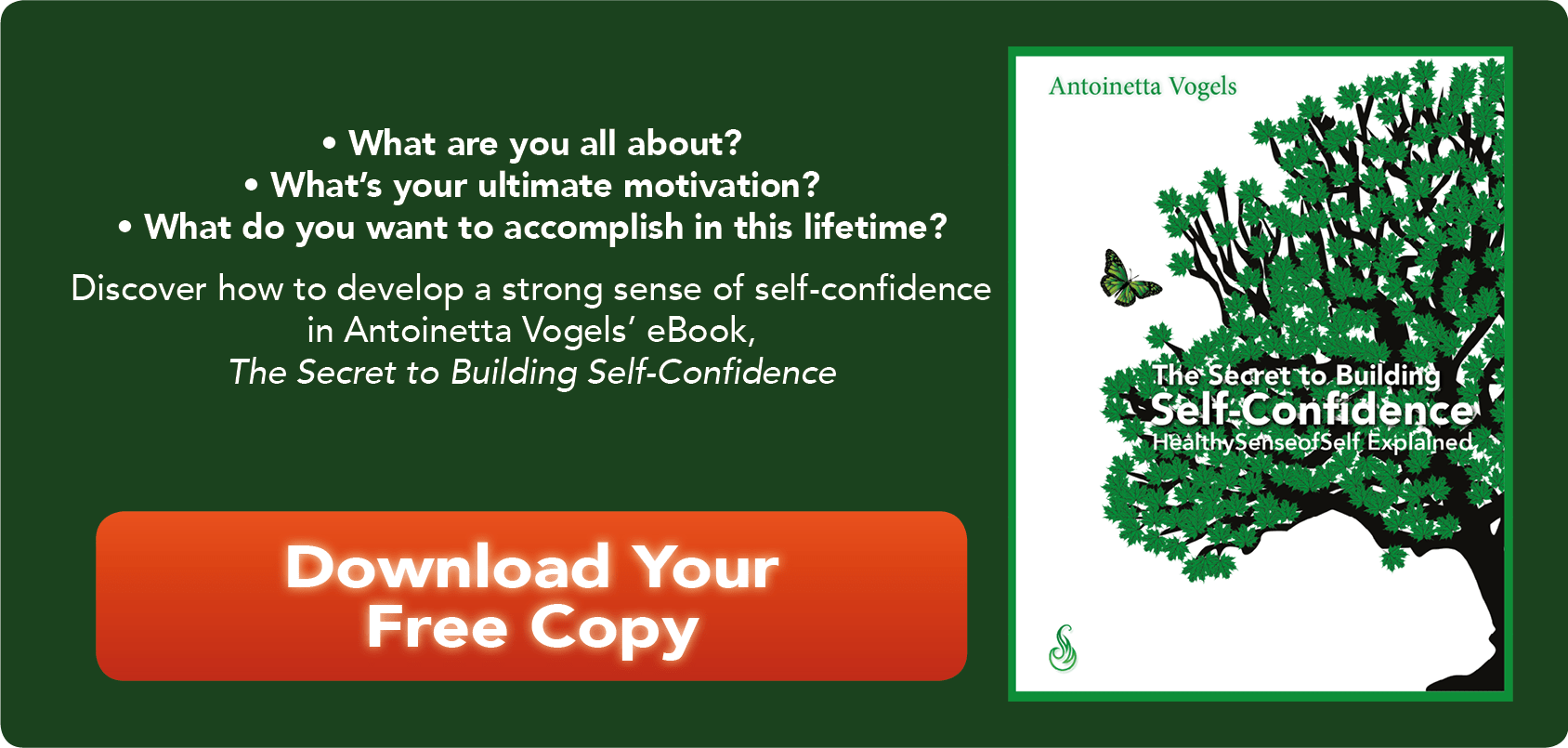Curriculum Considerations for a Healthy Sense of Self in Schools
Are schools doing anything about childhood development outside of the classroom?
We are not confident that the leadership from our new Education Secretary, Betsy DeVos, will help. Her guiding policies have been “any school but a public school is better” and her employment history in Detroit attests to that. Sadly, nontraditional schools in Detroit are left out of the plan . . .
Raising children is a gigantic responsibility as the quality of their future lives is at stake. Development of a healthy, natural Sense of Self is of vital importance. – Antoinetta Vogels
We wanted to find out . . . and what we discovered during our research was interesting and provided us with ideas if we ever find ourselves in the position of designing such a curriculum. We can’t wait to show you what we’ve found.
The Healthy Sense of Self (HySoS) Method has been on a mission to make people aware of the importance of positive self-esteem as an integral part of a strong, healthy sense of Self. And we believe implementing a curriculum in schools based on the HySoS method, adapted for children, would be a valuable contribution to existing programs.
First of all, we were curious to see if we could find a curriculum for healthy self-esteem in schools because we think developing self-confidence in childhood is ideal.
An Overview of What We Discovered
Schools are increasingly relying on supplemental “values” curriculums for anger management, character education, violence prevention, and self-esteem. Non-profits and companies often provide the funds and materials for these programs.
The most popular program, conflict-resolution, was offered in 15-20 percent of all public schools nationwide as of 2001. A study of the schools using the program found a 29 percent decline in incidents involving hitting and fighting and a 20 percent decline in verbal aggression like insulting and taunting. In schools without programs, physical aggression increased 41 percent and verbal aggression 22 percent.
The Detroit Public Schools funded a program created by the Raymond and Rosa Parks Academy for Self-Development. That academy had discovered during other programs that students were missing essential skills. Namely, needing to develop self-esteem, instead of using hostility as their primary way to solve problems.
Another program, heard on PBS this past year, is about one of the Baltimore public schools. Every child learned how to practice meditation at school. They incorporated the practice into their school day and provided a quiet meditation room for students to use on a drop-in basis whenever they felt they needed the time out. As a result, the program decreased violence and suspensions/expulsions by a significant percentage over one school year.
Developing Self-esteem at a Young Age
In Houston, the Raul Yzaguirre School for Success tries to raise the self-esteem of its students by involving the community in the school’s programs.
Administrators of a Brooklyn, NY school district stress esteem-building, and prekindergarten teachers attend regular workshops to learn ways of incorporating esteem-building techniques into the classroom.
We even discovered a California Task Force formed in 1986 to explore self-esteem and to “Promote Self-Esteem and Personal and Social Responsibility.” Their message is that if people feel better about themselves, then the entire country can benefit. It has spawned many programs in schools and communities throughout that state. Variations of this theme continue today, nearly 30 years after originating.
Another issue, which is unique but a growing one, is found in children of wealthy families. The reason is family wealth that insulates children from challenge, risk, and consequence and attributes to low self-esteem. John Levy, director of the Jung Institute in San Francisco, calls this ”affluenza.” The symptoms of affluenza, he says, include boredom, guilt, low self-esteem, and lack of direct motivation.

Why a Healthy Self-esteem Curriculum Matters
A healthy self-esteem is a skill that should develop during childhood. A secure parent/child relationship has been found to influence academic motivation. For that reason, if a family is unable to provide the environment for a child to flourish and learn this skill in the early years, an intervention during school is needed.
There’s detailed research connecting low self-esteem to damaging behaviors and unhealthy attachments. Boosting student’s self-esteem in school would give them a foundation for confidence. We think it’s a problem if learning becomes a narrow focus on test scores and grades. Instead, we want to foster a true interest in learning once the child is free of deep-rooted emotional distractions and uncertainties. The desire is for children to understand what self-esteem is, and then incorporate it in their daily behaviors and mindset.
We think confidence is vital for success.
Let’s start by looking at traits of low self-esteem:
- Constantly seeking approval
- Self-doubt
- Thinking that parental approval matters most
- Low sense of self as an individual independent of the parent
- Behavioral problems
- Attachment problems
O.K., let’s read the good news about high self-esteem:
- Independence
- Responsibility
- Toleration of frustration
- Refusal to accept to peer pressure
- Willingness to attempt new tasks and risks
- Ability to handle both positive and negative emotions
- Healthy motivation
- Success in school
It’s not a substitute for the learning that takes place in the classroom but a supplementary approach, which, in the end, will enhance and progress the student’s ability and academic achievement. We hope a circle of confidence will ensue from this connection with self-esteem and confidence. More confidence will lead to better work in the classroom, leading to greater confidence, more success in school, and so forth.
Ideas for a Healthy Sense of Self Curriculum
A three-pronged approach seems critical to success. Parents, teachers, and the school all need to participate. Here are some of the groups most likely to benefit. Perhaps you can think of another that would work better in your community.
- One approach is a curriculum designed for affluent private schools to encourage students to experience healthy challenges and risks.
Children need to discover who they are–independent of their hovering parents. Pushing boundaries, they never thought possible through this type of self-exploration in a safe and supervised program would benefit their self-esteem.
- Most of the needs are in the public schools, particularly in poorer areas, where a larger percentage of students have parents who could use intervention.
This would look like an early childhood (preschool or K-6 program) for parents and students. The parents are not “bad” parents but they have some unfinished business to deal with themselves.
- Another specific group to target is girls.
San Diego has a downloadable PDF of a program they developed to combat the many risks they face including; sex slavery, early pregnancies, and body image issues. Preventative education is their answer for success and effectiveness in this group.
Our kids have a tough time of it as they are constantly barraged by messages in the media that gold bling or a fancy car is what they need to be successful and happy. Begin to notice when a child is craving attention; this is a red flag . . .
Special training may not be required for adults who participate in a supplementary curriculum suggested here. However, they’ll need to be present to themselves so they can truly “see” and care for the children involved.
How to Measure Success
As a starting point, you have access to resources from the existing HySoS course and educational materials on our website.
It’s vital to measure your students before and after the program. How would you do this? Encourage feedback from teachers, parents, and other primary caregivers. You can use online survey tools or paper handouts. We strongly urge you to insist on participation from at least one primary caregiver. This was one of the most common comments read when perusing the articles about these other programs.
Examples of objectives for students are:
- Learning what living and being your true Self means.
- Developing a sense of who you are independent of your parents
- Exhibiting confidence that you feel seen and accepted by your parents
An objective for parents: list the necessary skills needed to help a child develop a healthy, natural sense of Self.
If your Sense of Self is sufficient, you can function as healthy, interdependent teammates, community members, and fellow citizens no matter your religious, cultural or racial differences. – Antoinetta Vogels (The Motivation Cure)
Any good learning experience must be interactive, experiential, and relevant to the student’s lives. Reading about others is not very engaging. They need to experience first-hand to learn to effectively apply it in their lives.

What You Can Do Now
If you think the children in your community need a boost of self-esteem, bring this to the attention of the school administration and ask how they currently attend to this challenge. You can find a free book to download, The Secret to Building Self-Confidence, and check out more HySoS resources on our website.
(EDITOR’S NOTE: Parents, here’s an article just for you with tips for helping your children.)
Be aware that family time means spending time with your kids. Put down those cell phones, please! Apply purposeful, mindful attention to them as you speak with them. It helps to practice compassionate communication with your family. Enjoy the benefits of happier and healthier connection with your loved ones!
Don’t be afraid to allow your child to make mistakes as part of learning healthy independence. Furthermore, don’t be afraid to even make mistakes yourself, as long as you are truly present to your child or student. Remember, that an important part of helping your child feel loved and happy depends on your happiness!
Author: Mary Ellen Roth



In the mid 1980’s, maybe ‘86-‘87, my third grade class, and all other grades 1-4, had a self-esteem curriculum. I believe it was called “I am special”. It saved a lot of kids that suffered, including myself. I have searched for the curriculum for years, in hopes that maybe it’s on web and I could teach it to children and parents. Your program seems extremely similar. I’m excited that you exist. Have you heard of the “I am special” program? Do you have advice on how to begin to implement your program into the studies of a homeschooled group?